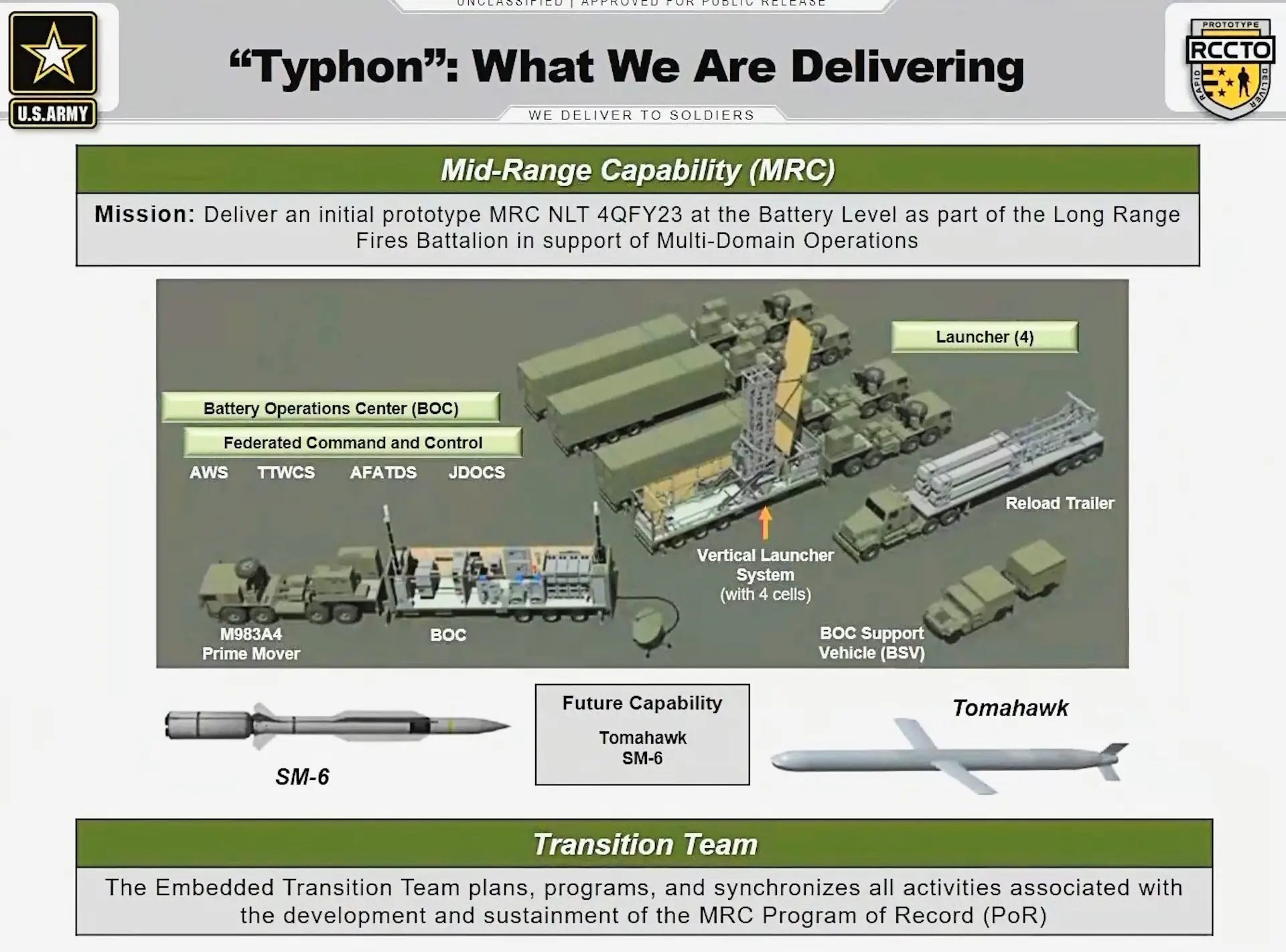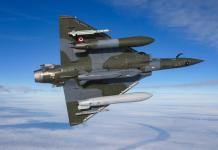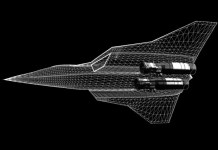The Philippine Army has confirmed that the “deadly” Typhon Weapons System, deployed by the United States for joint military exercises, will soon be withdrawn from the country.
The decision comes amidst growing concerns and objections from China over the presence of an American medium-range missile system in the region.
Colonel Louie Dema-ala, spokesman for the Philippine Army, announced on July 4 that the US Mid-Range Capability missile system, deployed in the northern Philippines earlier this year, will be shipped out by September, possibly even earlier.
The system, capable of launching Standard Missile 6 (SM-6) and Tomahawk Land Attack Missiles, was utilized during annual exercises.
Colonel Louie Dema-ala added that while Philippine troops were trained on how to handle and maintain the Typhon missile system, it was not employed in live-fire training.
“The US Army is currently in the process of shipping out their equipment used during the Balikatan and Salaknib exercises,” stated Col. Dema-ala, affirming the planned withdrawal.
The deployment of ground-based launchers for medium-range missiles in the Indo-Pacific region marked a significant military maneuver by the US, breaking a nearly four-decade hiatus since the signing of the US-Soviet Union Intermediate-Range Nuclear Forces (INF) Treaty in 1987.
This treaty had previously prohibited the development and possession of land-based missiles with ranges between 500km to 5,500km. However, in 2019, the US withdrew from the Treaty, alleging claimed violations by Moscow and in response to China’s growing military capabilities, particularly in missile technology.
Washington’s decision to deploy such missile systems was seen as a strategic response to perceived threats, particularly China’s advancements in missile capabilities and its growing military influence in the Indo-Pacific.
China, in turn, expressed strong objections to the presence of these missiles in the Philippines, citing concerns over regional stability and security.
Chinese Defence Minister Dong Jun underscored Beijing’s discontent during a security forum in Singapore last month, warning against the deployment of medium-range ballistic missiles by the US in the Asia-Pacific region.
Minister Dong noted that such actions were “severely damaging regional security and stability,” echoing sentiments shared by the Chinese leadership in response to heightened military cooperation between the Philippines and the United States.
Indian ‘Iron Dome’ Akash SAM Competes Against Chinese ‘Sky Dragon’ For Brazilian Missile Deal
Typhon Weapons System In The Indo-Pacific
The Typhon system represents a crucial advancement in the US Army’s arsenal. It is designed specifically for launching Raytheon’s SM-6 missiles and Tomahawk cruise missiles.
Positioned as a land-based system, Typhon fills the operational gap between the Precision Strike Missile (PrSM), with its range of 500 kilometers, and the future Long-Range Hypersonic Weapon (LRHW), which is projected to reach up to 2,776 kilometers.
The SM-6 missiles integrated into Typhon serve primarily as short-range ballistic missiles capable of targeting both land-based and maritime assets. They are earmarked as strategic weapons intended for high-value targets such as command centers and air defense installations.
Meanwhile, the Tomahawk cruise missiles, with their subsonic capabilities, can strike targets up to 2,500 kilometers away, whether launched from warships or submarines in land-attack operations.
The full Medium-Range Capability (MRC) system comprises a battery operations center, four launchers, prime movers, and specially modified trailers, facilitating its mobility and operational flexibility.

Lockheed Martin delivered one of the initial four prototype Typhon MRC weapon systems to the US Army in December 2022. Subsequent testing in July 2023 involved four trailer-based launchers and associated equipment, successfully demonstrating the system’s readiness and capabilities.
While the US Army has not officially disclosed deployment locations, potential sites include Japan or US territories in the region. Deploying in Japan faces challenges, notably in gaining public support and concerns over potential targeting by China.
Alternatives like Guam or rotational deployments near US Asian allies could enhance deterrence against China’s military activities, particularly in areas close to Taiwan and the contentious South China Sea.
The Pentagon’s assessment of the Chinese military indicates Beijing’s possession of approximately 1,500 missiles with ranges between 1,000 and 5,500 kilometers, granting the People’s Liberation Army significant anti-access and aerial denial capabilities across strategic regions.
Experts highlight that amidst China’s naval superiority, the US’s adoption of an anti-access/area denial strategy featuring land-based cruise and anti-ship missiles becomes crucial for executing multi-domain operations effectively.
In essence, the Typhon system represents a critical component of the US Army’s strategy to bolster its precision strike capabilities in the Indo-Pacific region, responding to Chinese threats while reinforcing regional deterrence measures against China’s expanding military influence.
- Contact the author at ashishmichel(at)gmail.com




